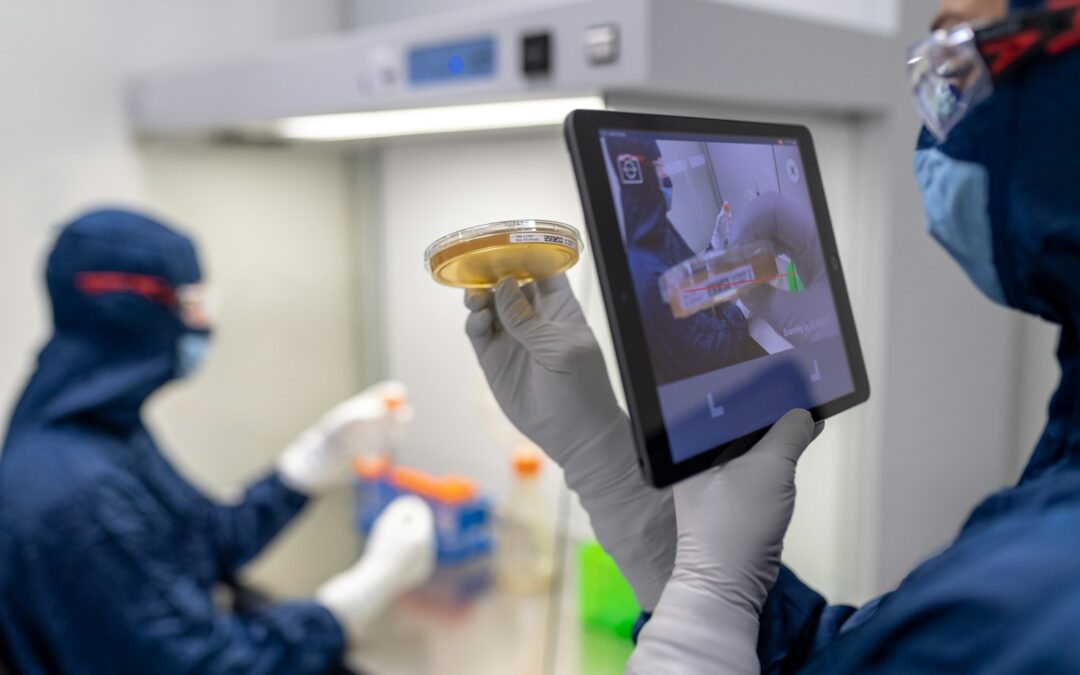The Importance of IoT Interoperability in Environmental Monitoring
Achieving IoT interoperability in environmental monitoring projects is a critical success factor in today’s increasingly connected world. As cities like Riyadh, Dubai, and regions across Saudi Arabia and the UAE continue to advance their smart city initiatives, the ability to integrate diverse IoT platforms becomes paramount. Environmental monitoring projects, which rely on data from a wide array of sensors and devices, require seamless communication between different IoT platforms to provide accurate, real-time data. This interoperability ensures that data can be collected, analyzed, and acted upon effectively, driving both environmental and economic benefits.
One of the key challenges in achieving IoT interoperability is the diverse range of devices and communication protocols used across different platforms. In an environmental monitoring project, for example, air quality sensors, weather stations, and water quality monitors may all operate on different standards and protocols. To ensure these devices can communicate effectively, a common framework or set of standards must be established. This often involves the use of middleware solutions that can translate data between different formats, enabling seamless integration of various IoT devices into a unified system.
Furthermore, interoperability in environmental monitoring projects is not just about integrating devices, but also about ensuring that the data generated is compatible with various analytical tools and platforms. For businesses and governments in regions like Riyadh and Dubai, where environmental sustainability is a key priority, having access to interoperable data allows for better decision-making. It enables the aggregation of data from different sources, providing a comprehensive view of environmental conditions and helping stakeholders take informed actions to address issues such as air pollution, water scarcity, and climate change.
Strategies for Achieving IoT Interoperability
To successfully achieve IoT interoperability in environmental monitoring projects, a multi-faceted approach is required. One effective strategy is the adoption of open standards and protocols. Open standards, such as MQTT, CoAP, and OGC SensorThings API, provide a common language that different IoT devices and platforms can use to communicate. By adopting these standards, organizations can ensure that their devices can easily integrate with other systems, reducing the complexity and cost of implementing environmental monitoring solutions.
Another crucial strategy is the use of middleware platforms designed to bridge the gap between different IoT systems. Middleware acts as an intermediary that can translate and standardize data, allowing devices that use different protocols to communicate with each other. In the context of environmental monitoring, middleware can aggregate data from various sensors, normalize it, and present it in a format that can be easily used by analytics platforms and decision-making tools. This not only enhances interoperability but also ensures that the data collected is of high quality and can be trusted for critical environmental assessments.
Additionally, collaboration and partnership are essential in achieving IoT interoperability, particularly in large-scale environmental monitoring projects. By participating in consortia and working with other organizations, businesses, and governments can share best practices, develop common standards, and address interoperability challenges together. This collaborative approach is particularly important in regions like Saudi Arabia and the UAE, where large-scale smart city projects are underway. By working together, stakeholders can ensure that their IoT systems are interoperable, scalable, and capable of supporting the region’s ambitious environmental goals.
Conclusion: The Future of IoT Interoperability in Environmental Monitoring
In conclusion, achieving IoT interoperability in environmental monitoring projects is essential for the successful implementation of smart city initiatives and environmental sustainability efforts. For regions like Riyadh and Dubai, where environmental concerns are increasingly at the forefront of policy and business agendas, interoperable IoT systems offer a pathway to more efficient and effective environmental monitoring. By adopting open standards, leveraging middleware solutions, and fostering collaboration, organizations can overcome the challenges of IoT interoperability and ensure that their environmental monitoring projects deliver the data and insights needed to drive positive change.
As IoT technology continues to evolve, the need for interoperability will only grow. Businesses and governments that prioritize interoperability in their IoT deployments will be better positioned to capitalize on the benefits of smart technology, from improved environmental monitoring to enhanced decision-making capabilities. In a world where data is king, ensuring that data from diverse IoT devices can be seamlessly integrated and utilized will be key to achieving both environmental and business success.
—
#IoTInteroperability #EnvironmentalMonitoring #SmartCities #TechIntegration #Sustainability #IoTPlatforms













